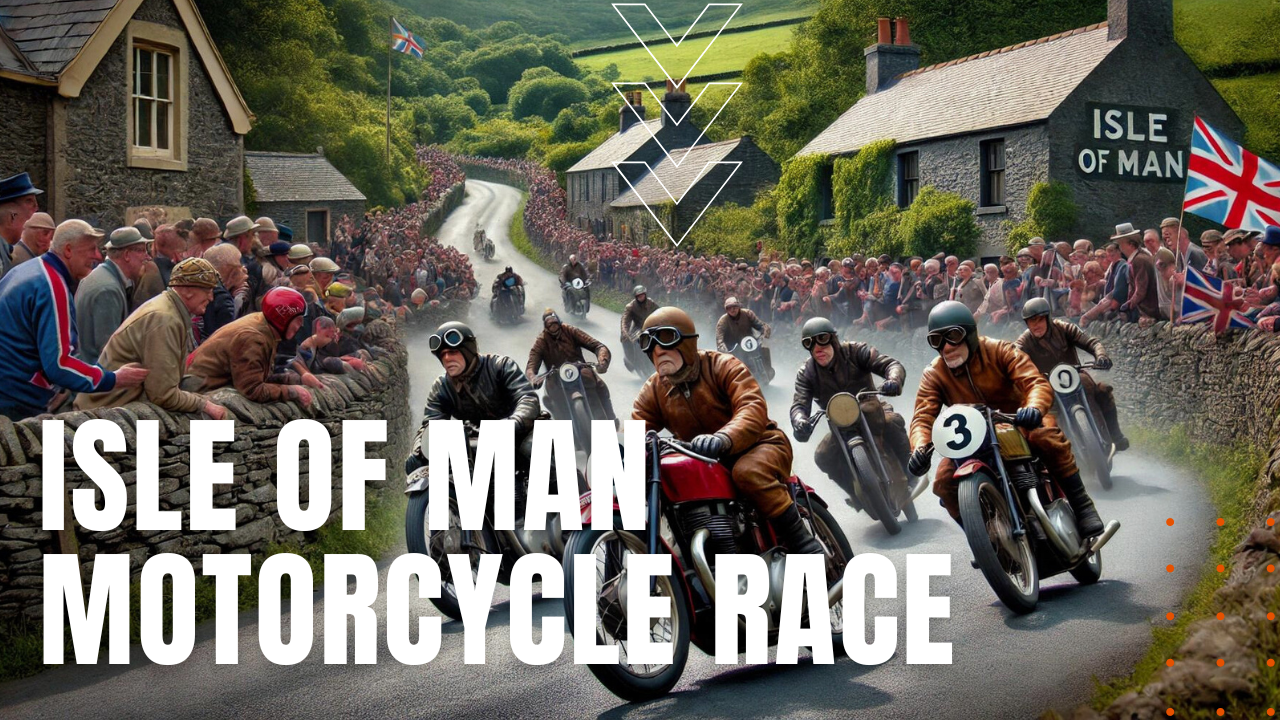Isle of Man Motorcycle Race

Beginning in 1907, motorcycle enthusiasts and racers have been flocking to a 221 square mile island in the Irish Sea, roughly half way between Great Britain and Ireland, where men and women descend annually to test the limits of both their skill and courage on the most dangerous motorcycle racecourse in the world. Known as the Isle of Man TT Race or Tourist Trophy, the event begins on Britain’s Spring Bank Holiday at the end of May and runs for the next thirteen days of treacherous time-trial racing on closed public roads—as ratified and mandated by the Act of Tynwald—which over the course of its history, has maimed and injured many racers, while taking the lives of more than 250 riders and spectators.
Practice Week
The event kicks off with one week of practice and qualifying rounds on the 37.73-mile course, which winds its way through treacherous mountain terrain, rugged coastlines and quaint, picturesque villages, followed by a break in the action before a second week of racing begins. Beginning in the early 1920s, spectators began touring the Snaefell Mountain Course by motorcycles on “Mad Sunday,” which marks the informal and unofficial commencement of Race Week. Originally named the International Auto-Cycle Tourist Trophy, as organized by the Auto-Cycle Club of England, early races were held on the ten-lap St. John’s Short course, consisting of slightly more than fifteen miles per lap, limited to road-legal touring bikes with exhaust silencers, saddlebags, pedals and mudguards. Switching to the longer Snaefell Course in 1911, the storied race has witnessed countless moments of triumph, including legendary riders like Joey Dunlop, who holds the highest number of TT wins at 26, followed by daring feats of courage on modern, faster technologies by racers such as John McGuinness and Michael Dunlop.
High Fatality Rate
The race has also seen its fair share of tragedy, raising questions about the inherent sanity of such high-speed competition, as well as multiple challenges over the years regarding the TT’s continuation. Over the past few decades, however, advances in safety gear, track infrastructure and medical facilities have significantly reduced some of the risks, making the Isle of Man TT Race, an enduring symbol of man’s unending thirst for victory.
